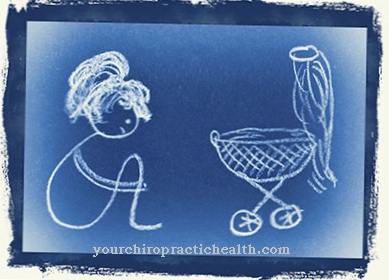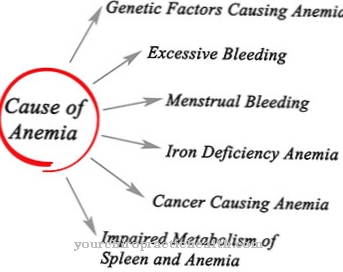A very high carbohydrate vegetable is that Turnip. She came to us in Germany from Scandinavia as early as the 17th century. It is also called "Swedish turnip", which suggests its Nordic origins.
In all likelihood, it is a subspecies of rapeseed. In northeast Germany it will also Wryke or Wruke called. In times of war it was often essential for survival. Very often it was made into stews or even eaten raw when the hunger was great. Especially in the time of need of the First World War in 1917, this vegetable was very important in the so-called "turnip winter".
Since the soldiers often did not have the opportunity to make warm soup from the turnip they had found in the fields, slices of the beet were eaten cold as a substitute for bread. In the fields, the soldiers recognized the turnip back then and can still be recognized today by its blue-green leaves.
What you should know about the turnip

Remembering the bad times, the turnip was wrongly no longer desired after the war and was even forgotten. In the sign of conscious nutrition, however, almost every housewife has learned a lot about healthy food from lectures and new cookbooks.
She has said goodbye to her old, very fat and high-calorie kitchen and tried to cook as low-calorie and vitamin-rich as possible. So the turnip with all its variations has come to be honored again. People remembered these vegetables again, which were often life-saving in the bad times and from which the consciously cooked housewife could prepare many low-calorie dishes. The cookbooks provided her with the necessary suggestions.
Importance to health
The turnip doesn't look very appealing, but for the calorie-conscious housewife it is an ideal winter vegetable. The turnip is particularly suitable for hearty stews.
It is harvested in the fields from September to April and preferably offered at the weekly markets. It is very easy to store. Those who keep supplies can store the turnips in the cellar for several months and thus have fresh turnips even in summer, so that they can also bring summery dishes to the table.
If the housewife only needs half a turnip for a dish, she can keep the other half in the refrigerator in the vegetable drawer. Here these vegetables will keep for a few days. Whoever buys the beet should make sure to get a smaller specimen with a smooth skin and without worm infestation.
The larger turnip can be slightly woody. The turnip, which is yellow under the skin, is popular for use as food. It has an intense, sweet taste. The turnip with the white color is mostly used as animal feed.
Ingredients & nutritional values
| Nutritional information | Amount per 100 gram |
| Calories 38 | Fat content 0.2 g |
| cholesterol 0 mg | sodium 12 mg |
| potassium 305 mg | carbohydrates 9 g |
| protein 1.1 g | vitamin C 25 mg |
For health, our greatest asset, the turnip is of great importance. During the war it was the largest supplier of carbohydrates. Even today, their percentage of carbohydrates is important for health.
In addition, the turnip also has a larger proportion of beta-carotene due to its color; it has a lot of vitamin C, vitamins B1 and B2, grape and fructose, provitamin A, minerals and sulphurous, essential oils. These vegetables also contain iron, zinc and folic acid and are low in calories due to their high water content. It contains only 29 calories per 100 grams.
Intolerances & allergies
Nothing is known about allergies or intolerances.
Shopping & kitchen tips
The turnip is usually enjoyed cooked as a soup. But it also tastes pureed as a side dish to fish or meat dishes. You can even enjoy the turnip fried like French fries. A delicious salad that tastes great on hot days in summer is also made from the turnip. For this salad, the cook needs half a beet, a bunch of parsley, 50 grams of walnuts, 3 teaspoons of brown sugar, 4 tablespoons of orange juice, 4 tablespoons of balsamic vinegar, 4 tablespoons of walnut oil.
The sauce for the turnips is made from the chopped nuts, parsley, caramelized sugar, vinegar and juice, then the blanched beets are lifted underneath. The whole thing is served cold and tastes very tasty. Freshly toasted walnut bread goes well with it. However, those are the intricacies of the turnip preparation. But especially in winter, turnip soup is a wonderfully warming dish that still tastes good the next day even when warmed up.
Preparation tips
There are always many new or old recipes for using the turnip in all parts of Germany. The recipe that people cook most of the time is the turnip soup, as my grandmother made it and which the whole family liked.
For this soup you need 800 grams of marbled, i.e. slightly fat, pork rib on the bone. The meat is cooked for one and a half hours with a stick of leek, half a celery bulb, a large or two small carrots, salt, water, mixed soup vegetables and two to three bay leaves. Then the broth is sieved. Now 750 grams of potatoes and one kilogram of pinched turnips are added to the broth. An onion sweated with 50 grams of smoked bacon is added. The whole thing is cooked for another 15 minutes, then the meat is added. The dish shouldn't cook for long now, because otherwise the turnip will get a charcoal taste.
Now the appetizing soup is salted and pepper is added. As a side dish, smoked sausage or sausage tastes very good. The many clever recipes for using the turnip include the turnip as a vegetable accompaniment to meat dishes or the turnip steaks. A lasagna made from turnips with minced meat is also known. Casseroles with minced meat are also prepared with the beetroot and taste delicious. The turnip can even be used for baby food. Because it tastes sweet and can be mashed well, it can be used instead of carrots for both children's meals and baby food.
The toddler can eat the turnip porridge himself from the plate, while the baby can fill the drinkable, pureed beet soup into the bottle. In this way, both babies and toddlers receive healthy, high-energy food that promotes their growth over the long term.
For this reason it is clearly evident that the turnip can be regarded as one of the staple foods. It is wholesome from babies to old age. For adults, a turnip meal satisfies one day's need for valuable vitamins and minerals, because even when pureed, it releases all the important minerals and ingredients into the human organism.

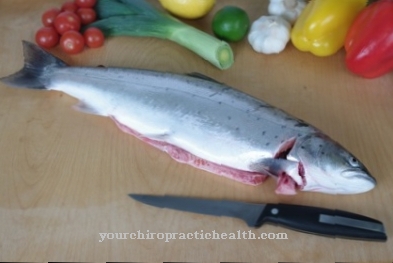
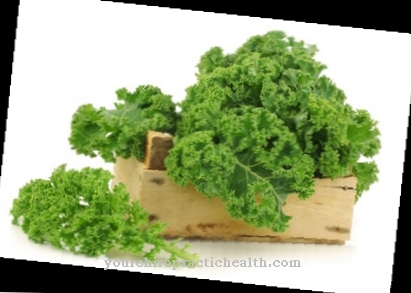

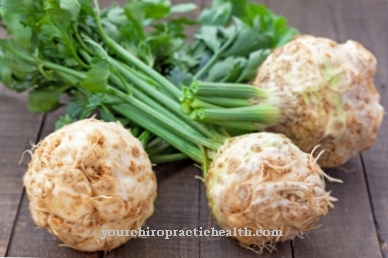

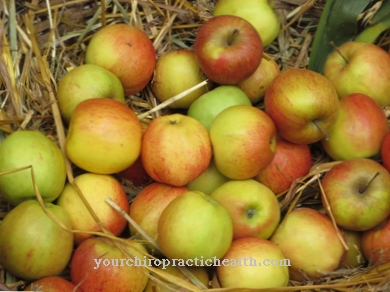






.jpg)

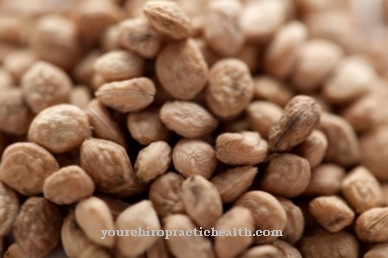






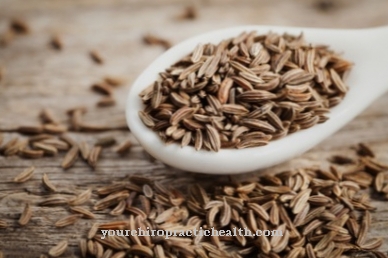


.jpg)
